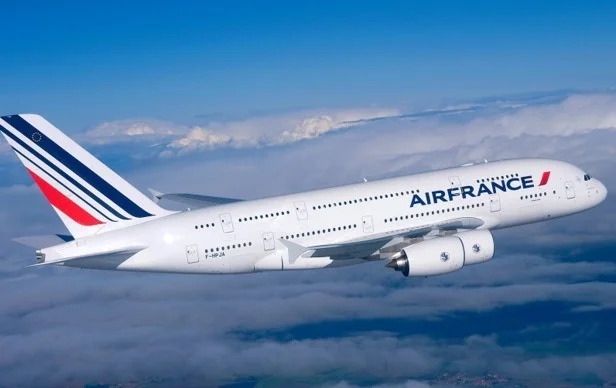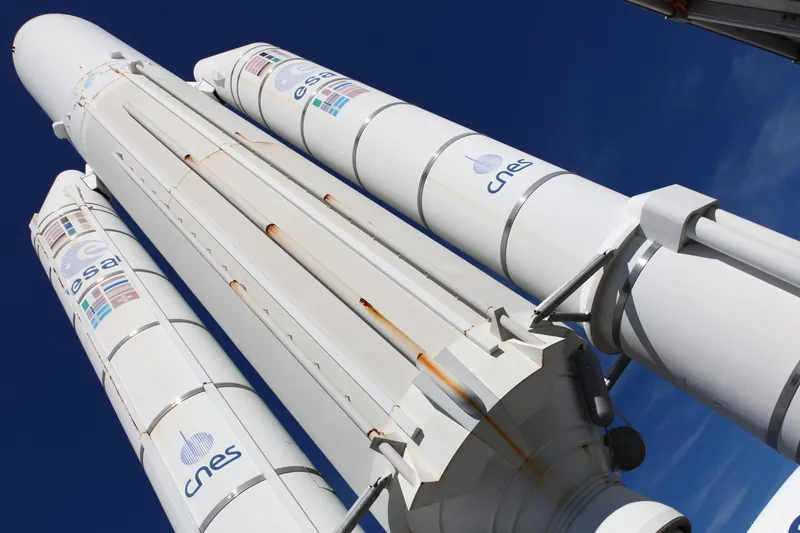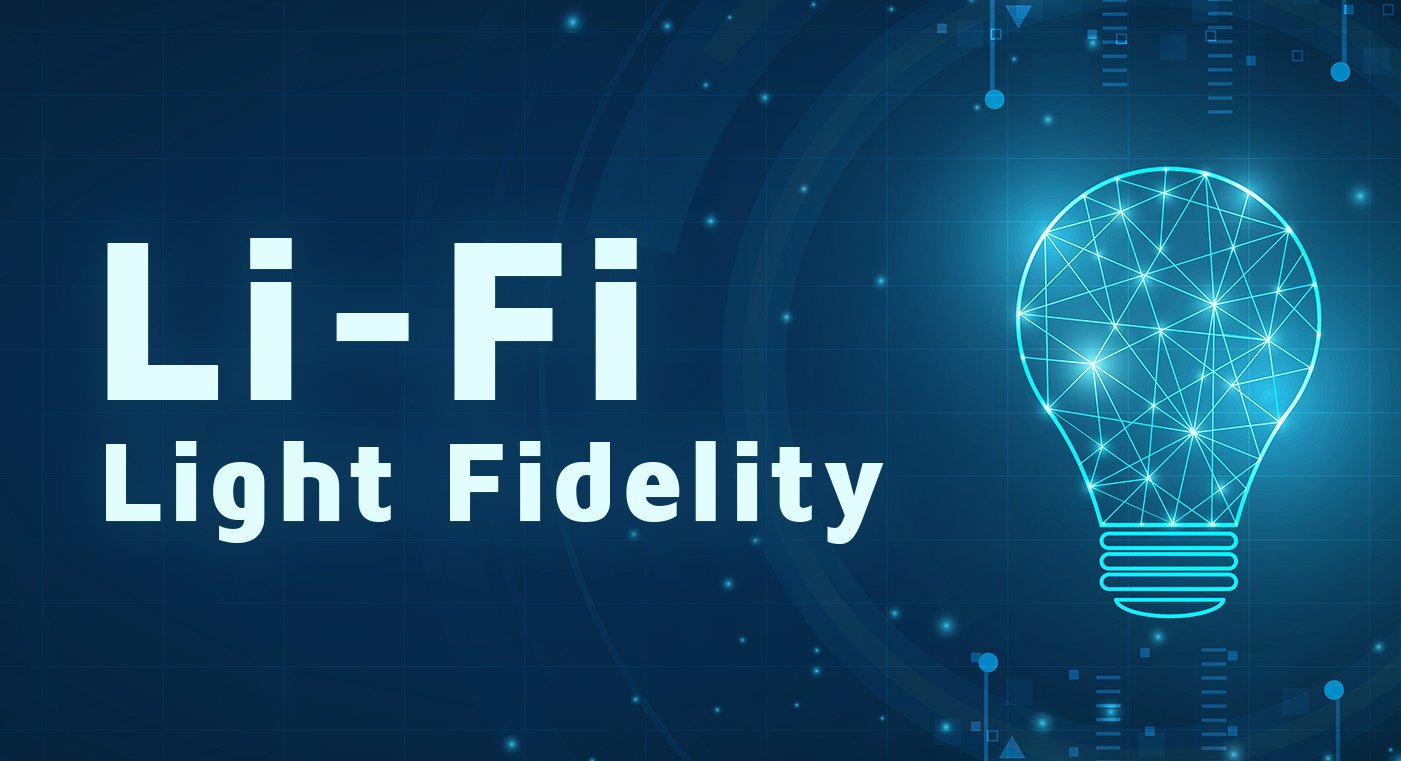
Blog
LiFi takes off in the aeronautics sector
As a new wireless communication technology, LiFi has already found its way into many sectors, including defense, healthcare, industry and education. But the advances enabled by this patented innovation don't stop on solid ground. The aviation industry, too, has much to gain by adopting LiFi. Oledcomm has proven this by equipping the very first commercial flight with LiFi technology. A step forward that suggests a real paradigm shift in the aviation world. If you're not familiar with this abbreviation, LiFi, for Light Fidelity, is a technology for connecting to the Internet through light. Resulting from years of research and development, the technology is now able to offer a high-speed Internet connection that is stable, secure and safe for your health. The data transmission is done by the pulsation of a LED light beam from a transmitter device (Access Point), connected to the Internet network, to a receiver device (Dongle).

Oledcomm, pioneer of LiFi in aeronautics
In partnership with the aeronautical equipment manufacturer Latécoère and Air France, Oledcomm has worked to create a tailor-made LiFi system, specially designed for planes. As the passengers of the A321 that flew from Paris to Toulouse on the day of the demonstration were able to experience, it's now possible for passengers to access a high-speed Internet connection on board an airplane, without using radio frequency waves. Only the light emitted by the LiFi LEDs is sufficient to power video games, streaming and other bandwidth-hungry activities, with virtually no latency. What is special about the LiFi equipment developed by Oledcomm for the aeronautical industry? Unlike conventional LiFi products, the devices installed on board aircraft will not use visible light but infrared. This is an important detail, especially on long-haul flights, where half of the aircraft cabin is in darkness.
LiFi revolutionizes in-flight connectivity
The application of LiFi technology in the air offers more than just comfort for passengers. Indeed, the WiFi equipment, which was previously the standard for in-flight entertainment systems, weighs approximately 1.3 tons, a considerable weight that has a direct and significant impact on fuel consumption. The culprits of this overload? Shielded copper cables to avoid interference from the radio waves emitted by WiFi with other electronic equipment in the aircraft. By eliminating the need for such cabling, replacing WiFi with LiFi can cut the weight of the in-flight entertainment system in half, resulting in significant energy and budget savings for airlines. In addition, installing LiFi on existing aircraft is low-impact from both a practical and regulatory standpoint. It is therefore not necessary to rethink the entire aircraft layout to adopt this technology. Finally, since LiFi has very low latency, even when used by dozens of passengers simultaneously, its democratization in the aviation sector would pave the way for a whole new experience for passengers. They could soon enjoy a fluid, fast and stable Internet connection for video games or virtual reality, and this at several kilometers above the ground. Although aeronautics is not the main field of application for LiFi, its many advantages for the industry suggest a clear growth in the number of aircraft equipped in the near future.
Recent articles

Categories
See some more...




